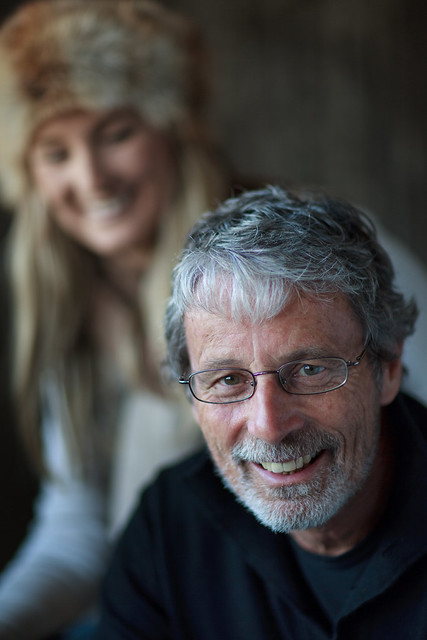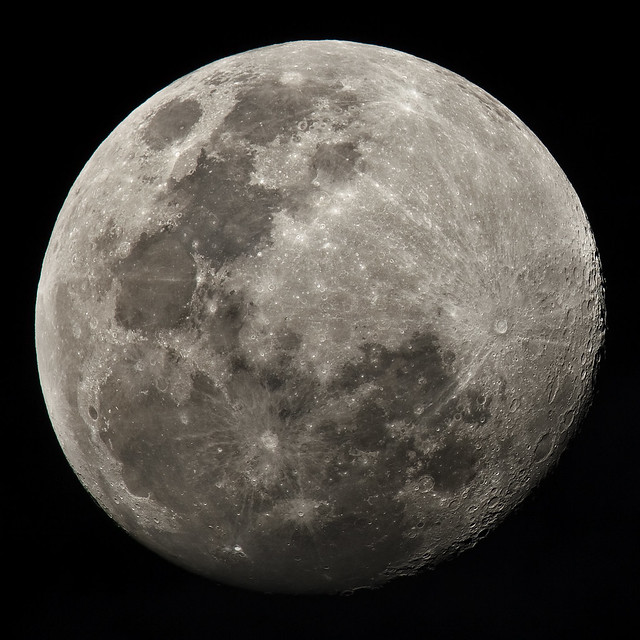While we are not quite done with the year 2014 yet, it is close enough to publish a retrospective of the year from a photographic perspective.
Firstly, it was my most low-output year on record; but with other commitments and interests, and a waning interest in photography, I can live with that.
I only published 32 images shot this year. 2013, despite two overseas trips, was also low in output, with some 50 images online. In the years before, I had a much higher output rate.
For a number of years, seascape photography was my main interest. This year I did not shoot a single seascape, and I am not too bothered by that. I did it for years; everyone is doing it, and I cannot be bothered any more. It is always there, and I can always return to it if the interest re-ignites; but for now, it is dormant.
The year 2014 started with a trip in January to Adelaide and the McLaren Vale wine region — it was a wine trip, not a photography trip; but I shot a few images at the Penfolds Magill Estate winery.
Also early in the year, we headed to the Australian Reptile Park, where I shot one decent image of a Tasmanian devil. It was more of a fun day out with some close friends, but I dragged a camera and a few big lenses along, and shot in dreadful light.
Around Valentine’s Day, the macro lens came out of hibernation, and I shot some very pleasing images of Xenedette’s rose.
My next photographic adventure was a weekend-long landscape photography workshop with Peter Eastway and David Oliver, where I shot some pleasing aerial images of the Hunter Valley. The trip was organised through the Focus Photographers group, and it was a great weekend away with like-minded photographers.
In May, Xenedette and I headed away to Jenolan Caves for a mini-getaway, where we toured six caves, and where I opted for low-light hand-held photography using my fastest prime lenses to capture the ‘ambient artificial’ light highlighting the magnificent decorations in the caves. I also got in a bit of architecture photography during the trip.
In August I headed away with the Focus Photographers group again, also to the Hunter Valley, for a weekend of landscape and natural-light portrait photography with David and Clare Oliver.
As always, there is something to learn from these masters of photography, and I gained an appreciation for natural light from south-facing windows, which produces very soft, flattering portraits, and which is consistent throughout the day, making shooting very easy, as the light is always soft and even.
Finally, I bought a new 400mm f/2.8 lens for next year’s wildlife safari in Kenya, and in the mean time, dabbled with a few images of near-full moons in September.
All in all, 2014 was undeniably a low-output year in terms of photography, but I did gain some new images, new experiences and new contacts; and delved into some of the photographic genre I shoot, as well as a few other less-frequent subjects.
Photography is a pursuit I view as one which can have its peaks and troughs, and for me, I have been in trough territory for much of the year. That is completely fine, as it is always there, and I learned long ago to read the signs and go with the flow, seeking images and experiences when the desire makes itself known to me, and not forcing productive output when it is just not in me.
Photographically, next year will be quite different, with the trip to Kenya being the highlight, but who knows what other photographic experiences I will gain…
And so ends a retrospective of my 2014 photographic year.



















